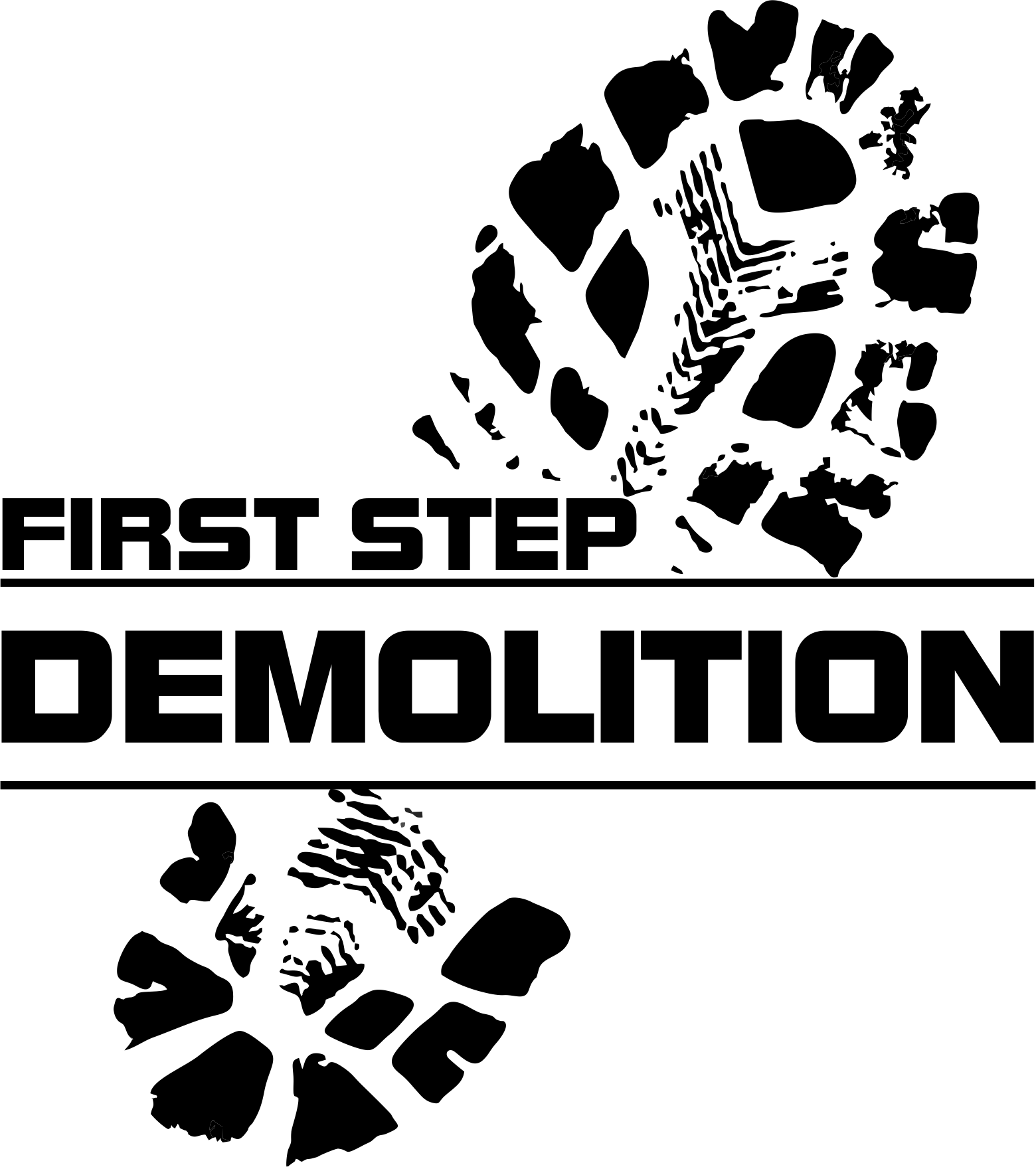Things to Keep in Mind when Considering Commercial Demolition
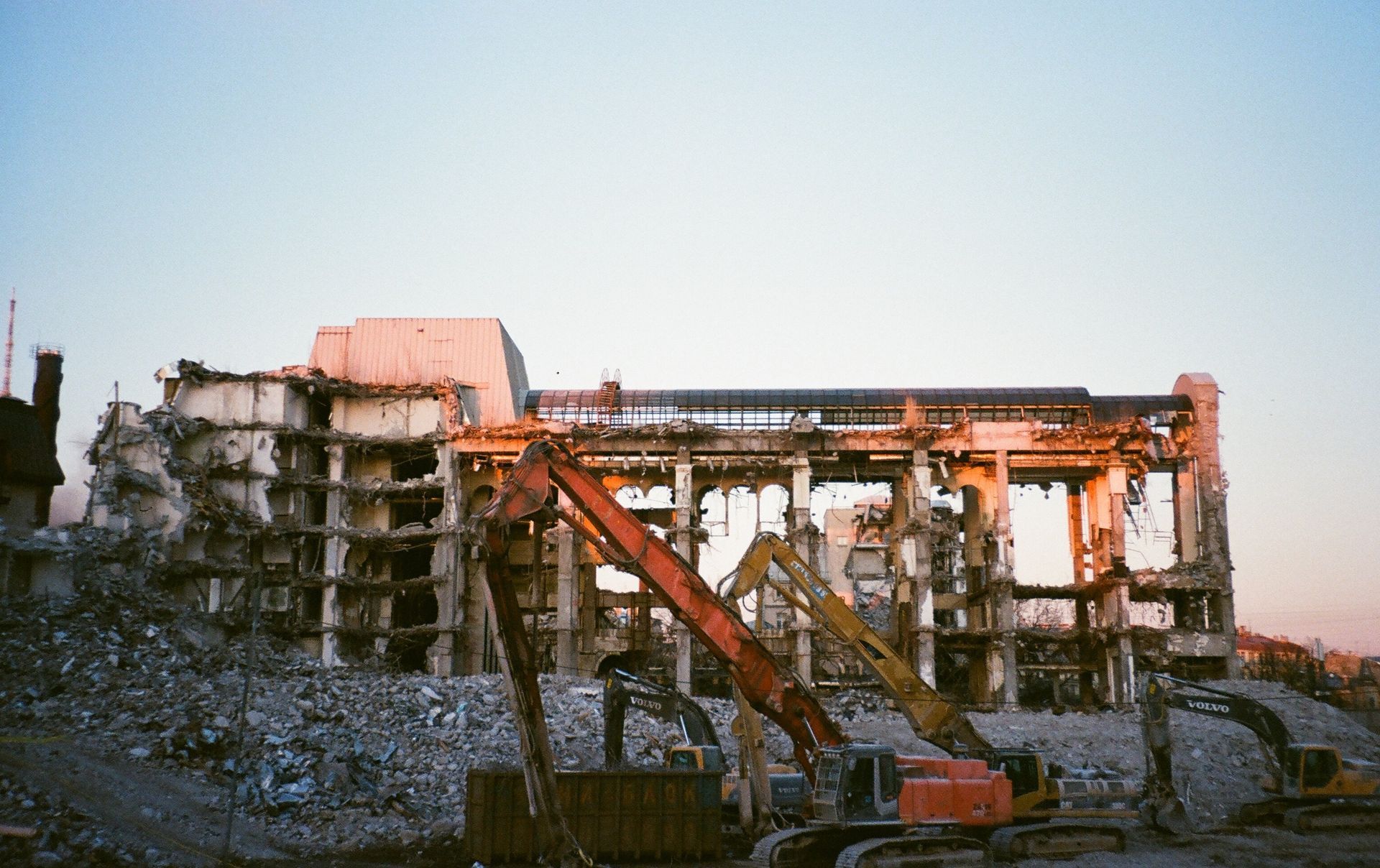
When you're ready to make some big changes to your business—whether that means demolishing and rebuilding an existing structure, or starting from scratch on a new site—it's important to think about all the implications. As we all know, demolition is not an easy task, especially if it's going to be a commercial demolition. In this blog post we will list down the important things to keep in mind when planning for a commercial demolition. As a business owner, we want to avoid big problems as much as possible. So, keep reading to learn more about the important things to keep in mind when considering a commercial demolition.
Six Important Things to Keep in Mind When Considering a Commercial Demolition
Commercial demolition is a big job that shouldn't be taken lightly. There are a few important factors to keep in mind when considering commercial demolition. Here are some things you'll need to keep in mind as you pursue commercial demolition.
1. What is the purpose of the demolition - is it to make way for a new building, or to remove an existing structure?
Commercial demolition is the process of demolishing a commercial building. This can be done for a variety of reasons, such as to make way for new construction, to remove an eyesore, or to clean up after a disaster. Whatever the reason, it's important to know the purpose of the commercial demolition before beginning the process, otherwise there could be unforeseen problems or hazards. For example, if the commercial demolition is being done to make way for new construction, then it's important to make sure that the site is clear and free of debris before starting work. Otherwise, the new construction could be at risk of damage. In addition, commercial demolitions can often be complex and dangerous jobs, so it's important to hire a reputable and experienced contractor who can get the job done safely and efficiently.
2. What are the regulations and permits required for commercial demolition in your area?
Commercial demolition can be a complicated process, and it's important to be aware of the regulations and permits required in your area. Demolition generally falls under two categories: "restricted" and "unrestricted." Restricted demolitions are those that involve the removal of certain materials, such as asbestos or lead paint. Unrestricted demolitions are those that don't involve the removal of any regulated materials. In most cases, commercial demolition will require a permit from the local authorities. The permit application will generally include a site plan, which will need to be approved by the planning department. Once the permit is approved, the demolition contractor will need to follow all the relevant regulations, including those relating to noise, dust, and traffic. By keeping these things in mind, you can help ensure that your commercial demolition goes smoothly and according to plan.
3. How much will the project cost, and who will be responsible for paying for it?
Commercial demolition is a major undertaking that can have significant financial implications. Before proceeding with any demolition project, it is important to know the total cost of the project and who will be responsible for paying for it. The cost of commercial demolition can vary widely depending on the size and scope of the project. In addition, there may be other associated costs such as disposal fees for asbestos and other hazardous materials. Once you have a clear understanding of the total cost of the project, you can then begin to negotiate with contractors and determine who will be responsible for paying for the demolition. By taking the time to fully understand the cost and financing of a commercial demolition, you can help to ensure that the project proceeds smoothly and without any surprises.
4. What kind of team will be necessary to complete the project safely and efficiently?
Commercial demolition can be a daunting task, but careful planning will ensure that the project runs smoothly. One of the first things to consider is the team that will be necessary to complete the job. Depending on the size and scope of the project, you may need to hire an experienced contractor who specializes in commercial demolition. In addition, you will need to determine how many workers will be needed to complete the job in a timely manner. Once you have a clear understanding of the resources that will be required, you can begin to plan for the actual demolition process. With careful planning and a clear understanding of your team's capabilities, you can ensure that your commercial demolition project is completed safely and on schedule.
5. How long will the demolition process take, and what kind of noise and disruption can be expected)?
Commercial demolition can be a noisy and disruptive process, so it's important to know how long it will take and what to expect before you begin. The first step is to determine the scope of the project and what type of commercial demolition you need. This will help you develop a timeline and budget for the work. Next, you'll need to identify any potential hazards and develop a safety plan. Once the work begins, it's important to keep an eye on the progress and make sure that everything is going according to plan. Finally, once the demolition is complete, you'll need to dispose of the debris properly. Commercial demolition can be a complicated process, but if you're prepared and know what to expect, it can go smoothly.
6. Are there any environmental concerns that need to be considered (e.g. asbestos removal)?
Commercial demolition is a process that can have a significant impact on the environment. There are a number of environmental concerns that need to be considered when planning a commercial demolition project. One of the most important considerations is the disposal of asbestos-containing materials. Asbestos is a hazardous substance that can pose a risk to human health if it is not properly disposed of. Another consideration is the potential for lead contamination. Lead-based paint is often found in older buildings, and it can be released into the environment if it is not properly removed during the demolition process. Finally, it is important to consider the emissions that will be generated by the demolition process. Dust, fumes, and other air pollutants can be released into the atmosphere during a commercial demolition, and these pollutants can have a detrimental impact on air quality.
Conclusion
Commercial demolition can be a big job, but with the right team it can be done safely and efficiently. If you’re in need of a demolition contractor for your business, be sure to keep these tips in mind. Choosing a company that is licensed and insured will help protect you from any potential liability, and make sure to get multiple quotes so that you can find the best price. By knowing all the important things to keep in mind when considering commercial demolition.
First Step Demolition
If you're in need of a demolition contractor for your business, be sure to keep these tips in mind. Choosing a company that is licensed and insured will help protect you from any potential liability, and make sure to get multiple quotes so that you can find the best price. By knowing all the important things to keep in mind when considering commercial demolition, you can be sure that your project goes smoothly.
Contact First Step Demolition today for all your demolition needs!
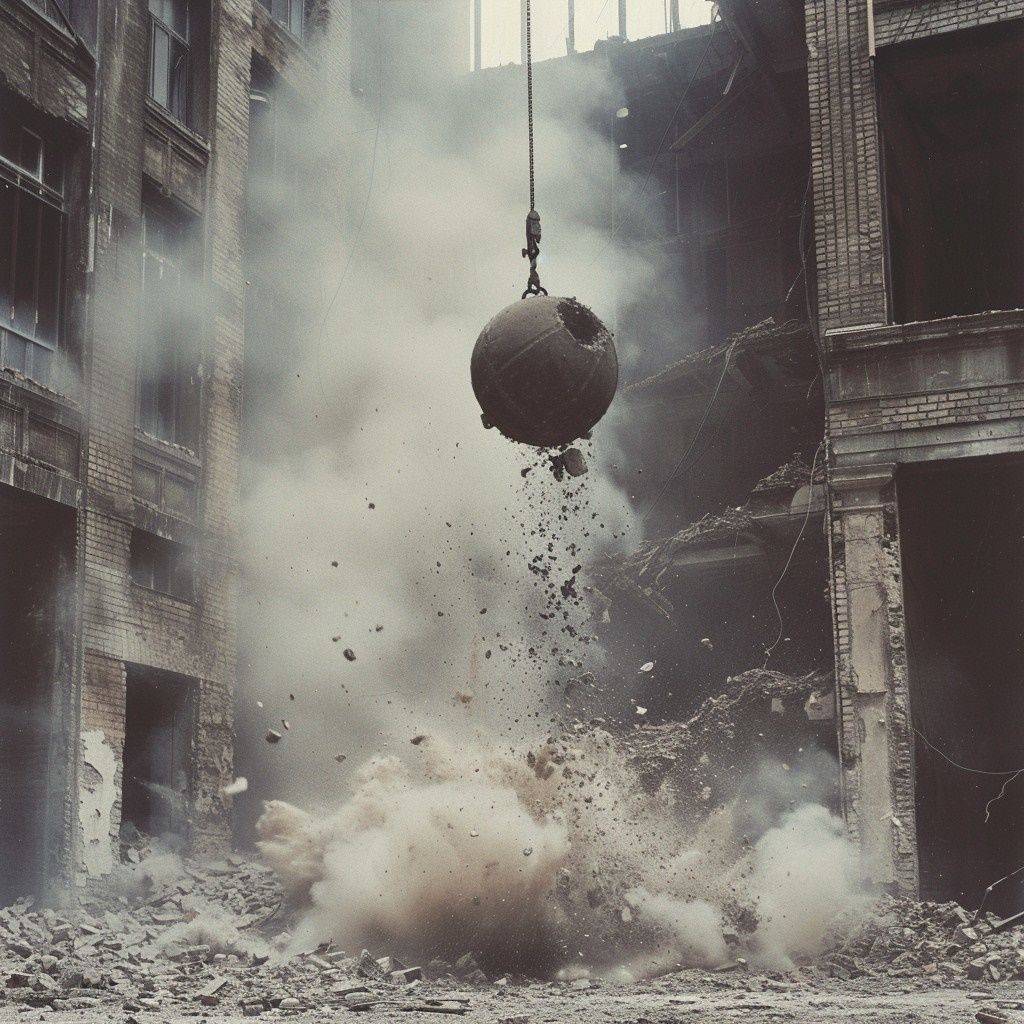
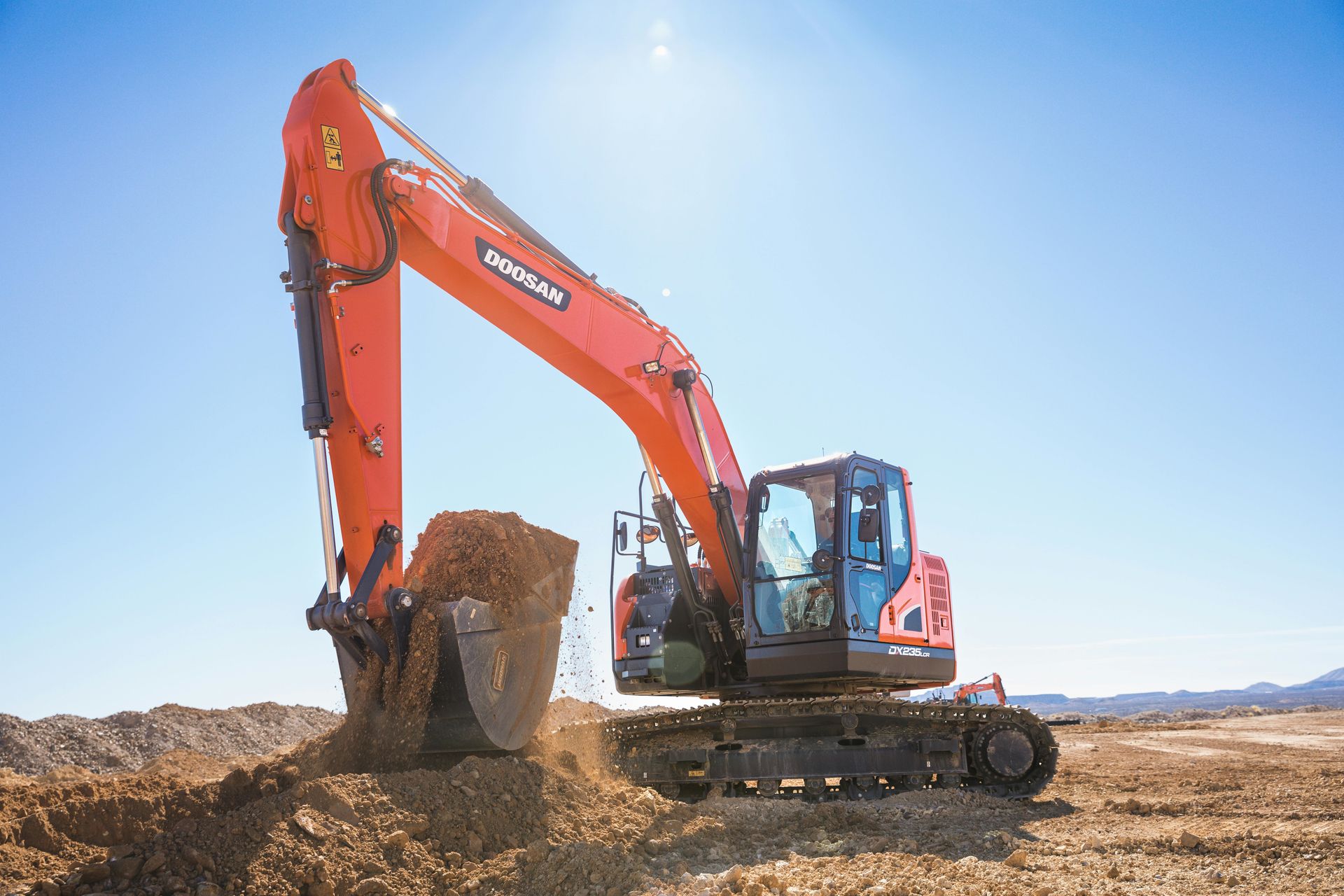
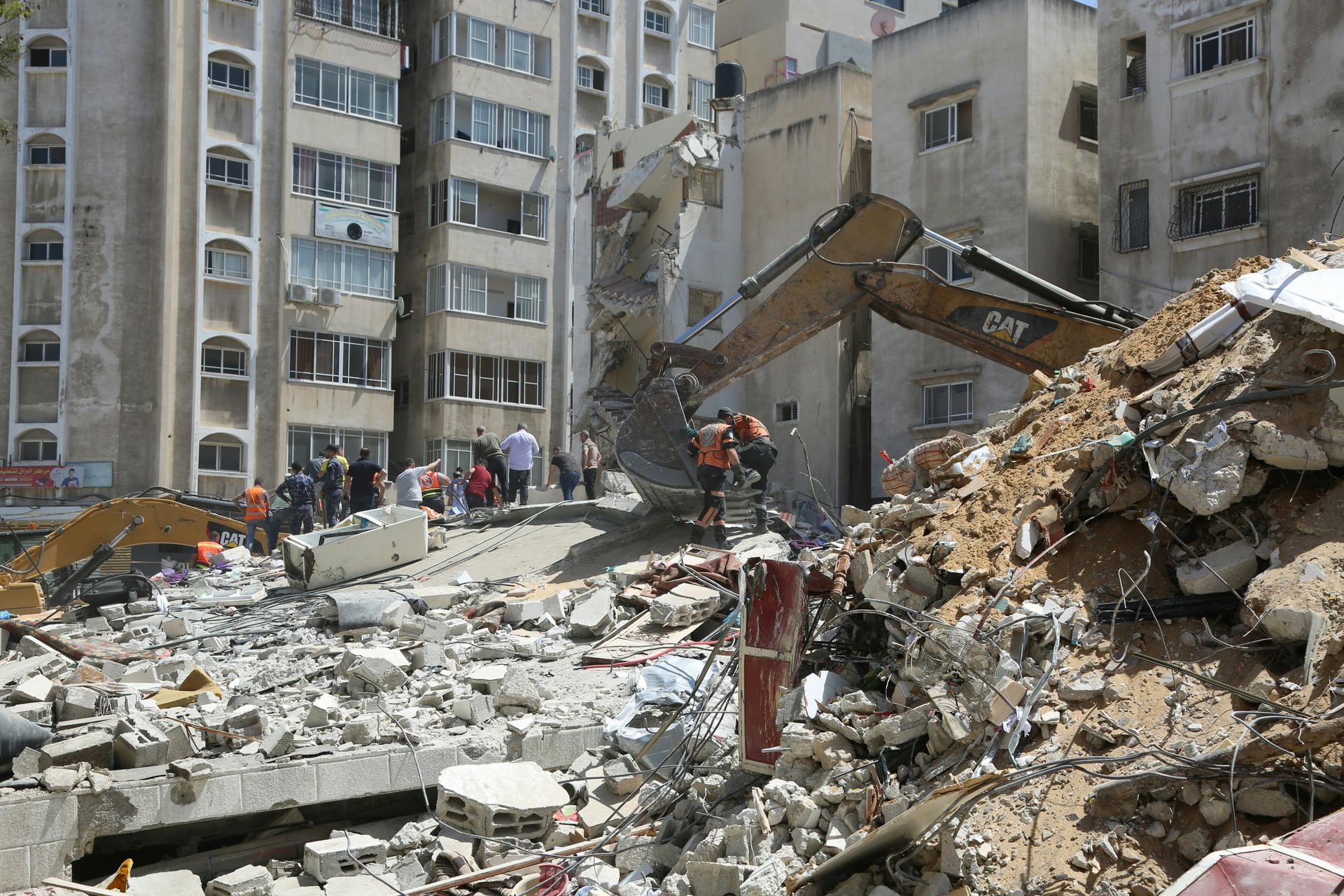
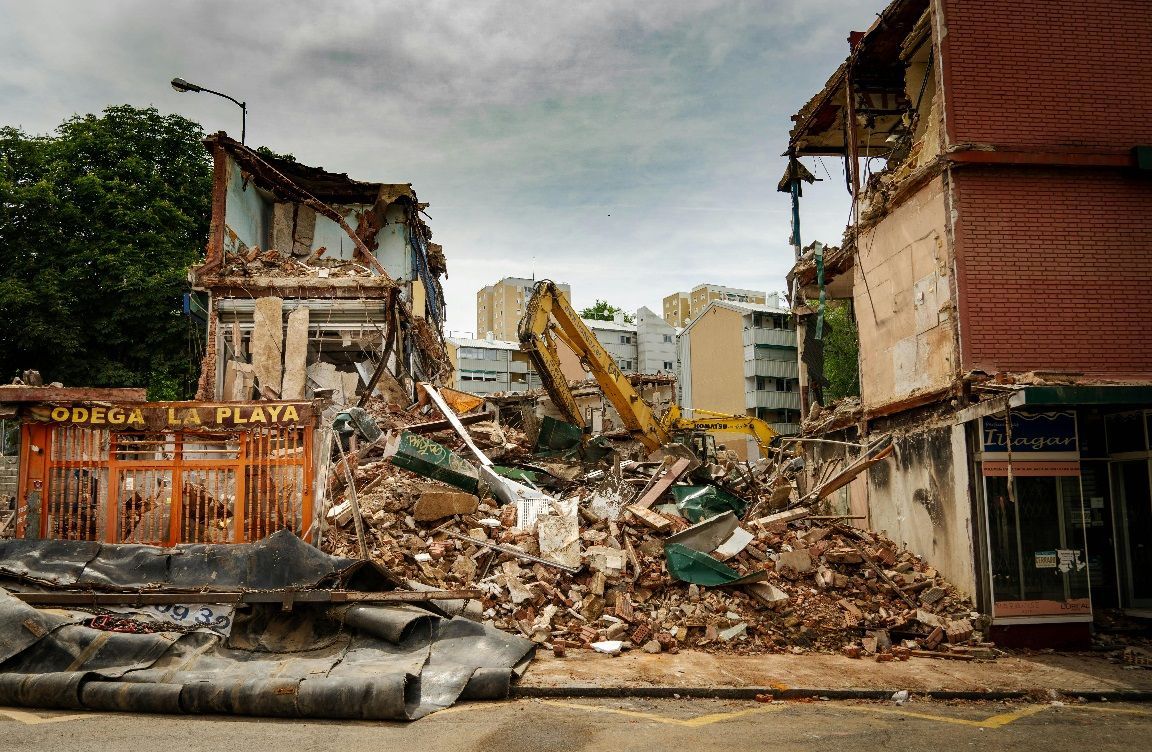
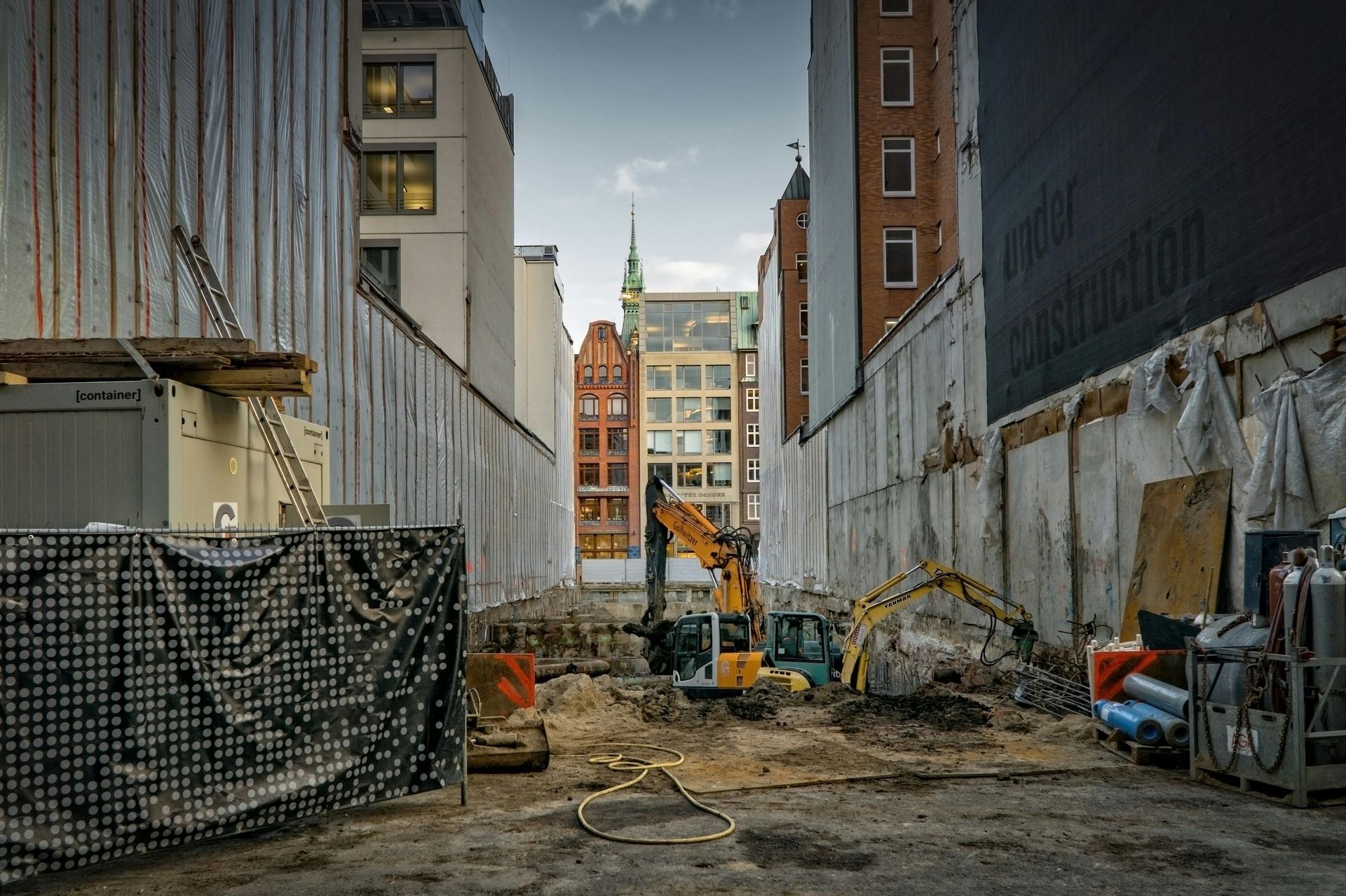
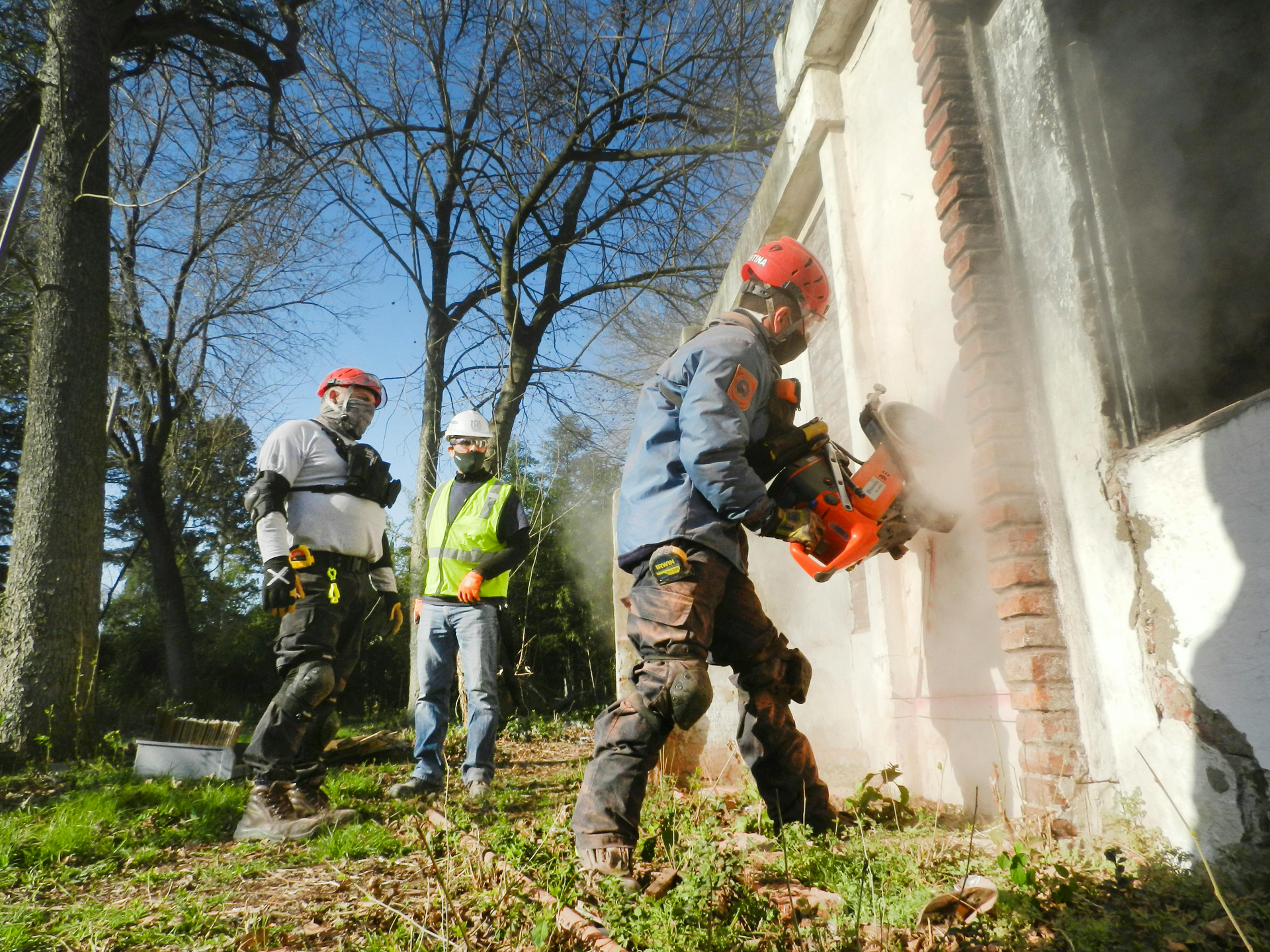


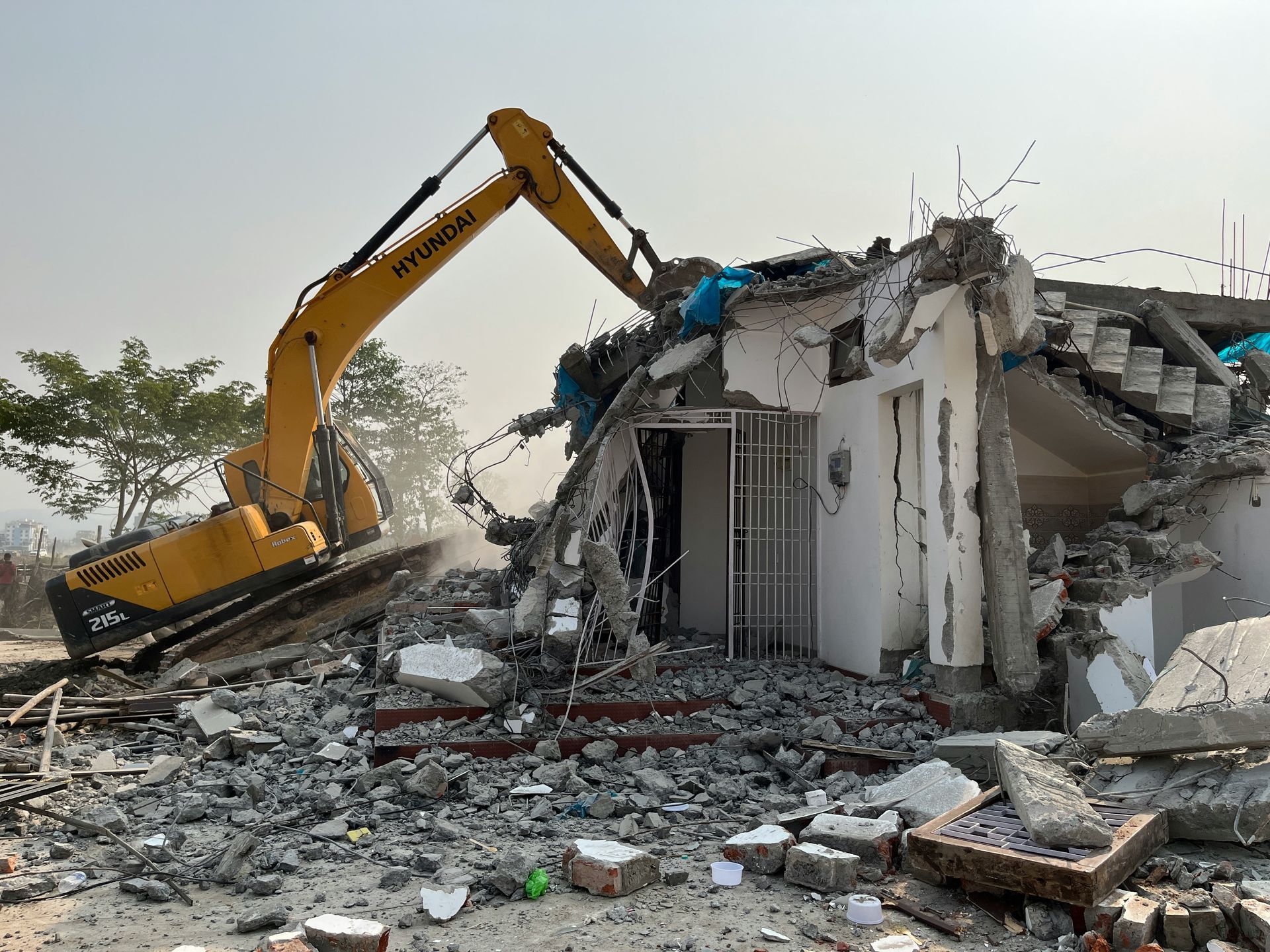
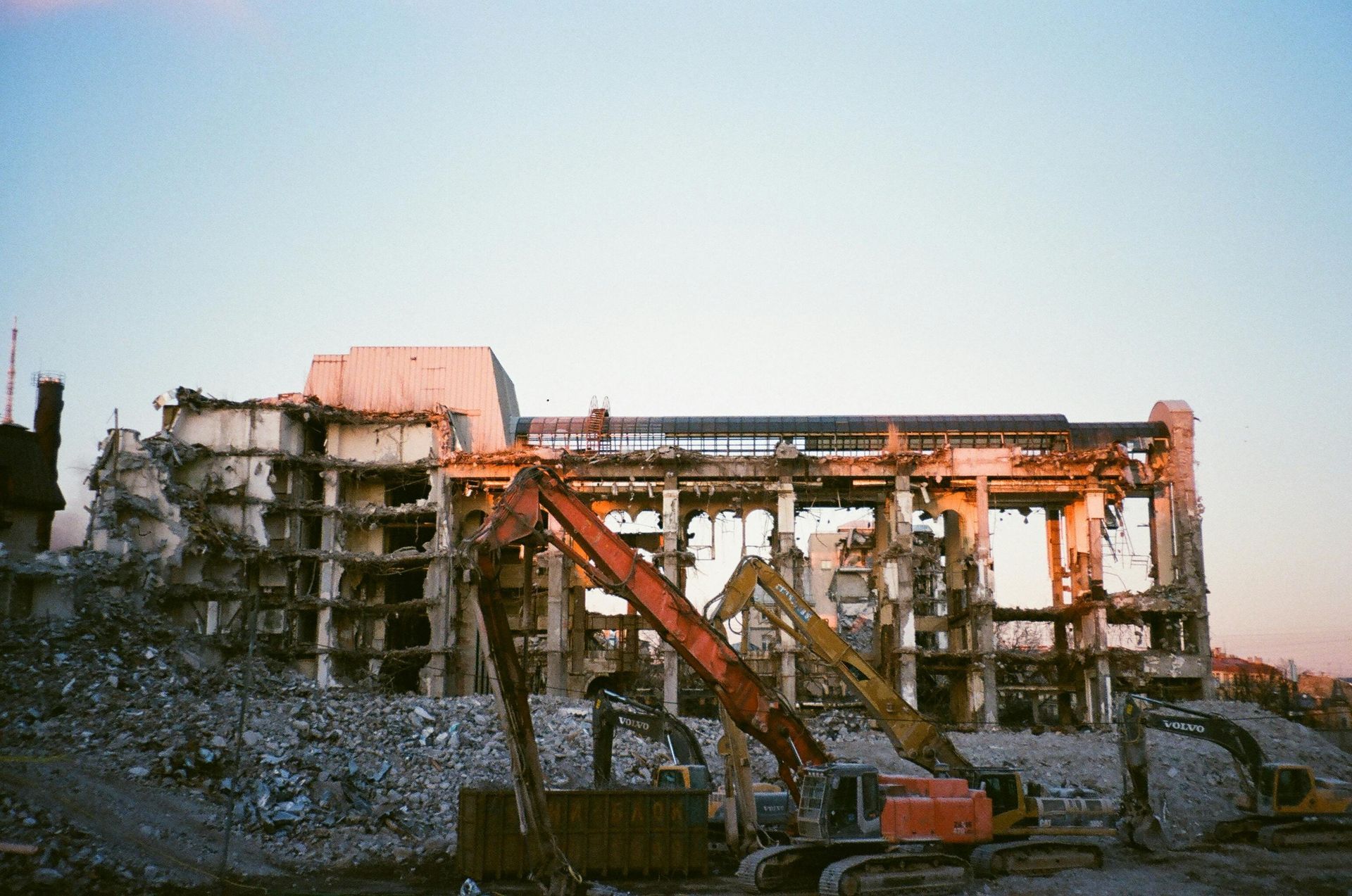
FIRST STEP DEMOLITION PROVIDES COMMERCIAL AND RESIDENTIAL DEMOLITION AND SITE PREP SERVICES TO CUSTOMERS THROUGHOUT ARIZONA.
OUR WEBSITE
OUR COMPANY HAS HIGH SAFETY STANDARDS AND COMPLIES WITH ALL OSHA REQUIREMENTS
Website Designed by: Kickass Websites
